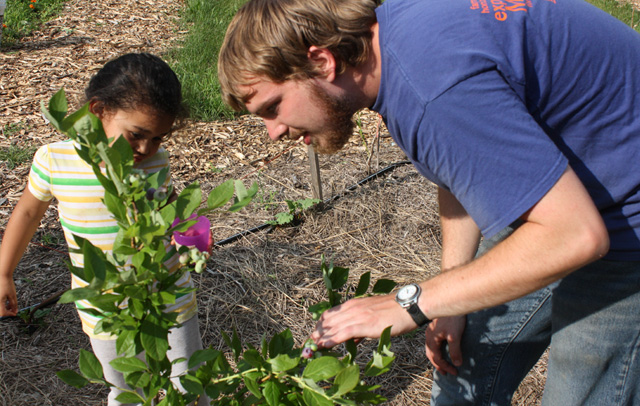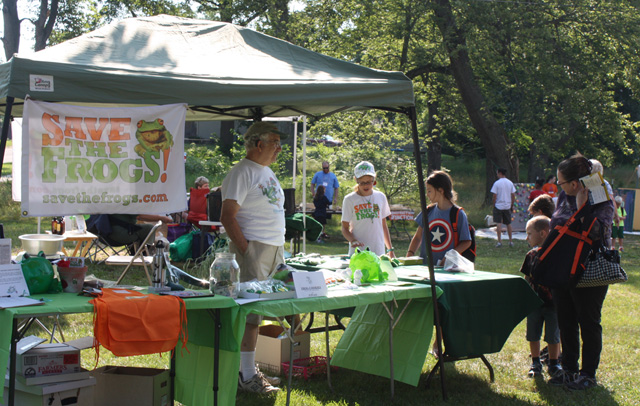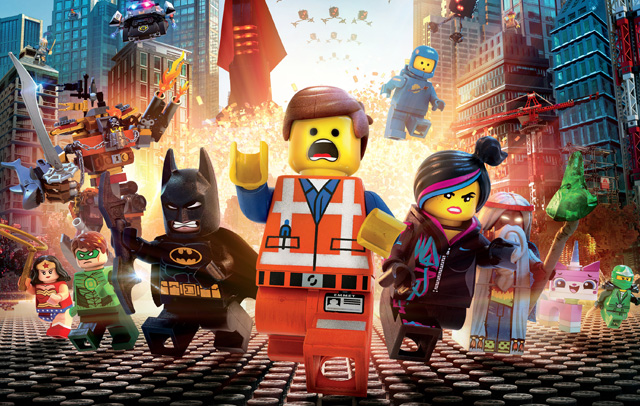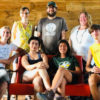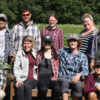Just over two months ago I stepped out of my car into the town of Three Rivers for the first time. To be honest, I didn’t really know why I was here. Yes, I was here to be an intern for *cino, but the reality was that I had little idea what that meant. I hadn’t even applied for this internship until the very day of the deadline and even after that I spent another weekend deliberating before finally accepting the role. I knew coming in that my soul was tired. I needed to learn how to live sustainably, environmentally yes, but more crucially with a lifestyle that wouldn’t drain me. When it really comes down to it, I came to Three Rivers seeking renewal and rest.
What I found was so much more than both. I found a rest that was not just restful but active and productive, and renewal that didn’t demand lethargy or apathy. I found a community of people that really desperately wants to know how to live well, and seeks each day to live better than the last. Before I arrived I struggled knowing what to tell people who asked about my summer plans. “I’m interning for a non-profit,” I would tell them, and invariably they would ask, “Doing what?” That was where I usually got stuck. “Well, kind of just living mostly” was often my reply. Yes, I would tell them about planning for our weekly Community Fun Nights, but I didn’t really know what that entailed then, and I would tell them about Future Festival, but I had only a shadow of an idea of what that looked like, and really, when I look back on it, I think I like my first answer better anyway. Describing the tasks I did falls far short of understanding what this experience was about. It was not just a list of things to get done, a manner of being productive, but rather a shift in paradigm. It’s really about living, not doing. A better question would be “How did you live?” instead of “What did you do?”
So how did I live? I lived with six amazing people, each uniquely gifted and beautiful. We cooked and ate together each night, sat together on the porch laughing, enjoyed beers together at the bar, played together, cleaned together, and cuddled together (all seven of us at once). I worked as a grounds-keeper at Gilchrist, a local retreat center, drinking in beauty and peace each morning as I arrived to bright flowers glistening with dew. There I learned the meditation of weeding, contemplating life as my hands sifted through dirt seeking out roots to remove. I spent hours at the Huss Project fixing things, cleaning things, sorting things, organizing things, making things. There my imagination felt free: free to take risks, to create, and to permit myself to be artistic. I visited downtown, regularly patronizing the Riviera Bar and Theater, Up in Smoke, and Main St. Café, loving the feeling of being a regular after showing up the second time. I went on adventures to Lake Michigan, to the hidden marsh, down dirt roads, and onto the swings of a playground. That was life: an exhilarating mix of order and spontaneity, responsibility and whimsy.
Now I stare at the end of my time here in Three Rivers and a long road beckons me. I’m leaving to begin my student teaching experience in New Mexico, a new space, a new way of life. The road is simultaneously incredibly cruel and wonderfully kind. Cruel because it takes me away from this life I have grown to love so fully and richly in such a short time, and yet kind because it brings me to a new place that is bursting with life and possibility and the road lets me bring along the lessons of my summer here. I also take comfort in the fact that as the road carries me away, the rivers here keep flowing. Others remain, continuing the life that I was privileged to be a part of, and maybe someday my road will cross these rivers again.
Rivers and roads,
Rivers and roads,
Rivers ‘til I reach you.
Above: Nate helps a neighbor pick blueberries during a Community Fun Night at the Huss Project.

